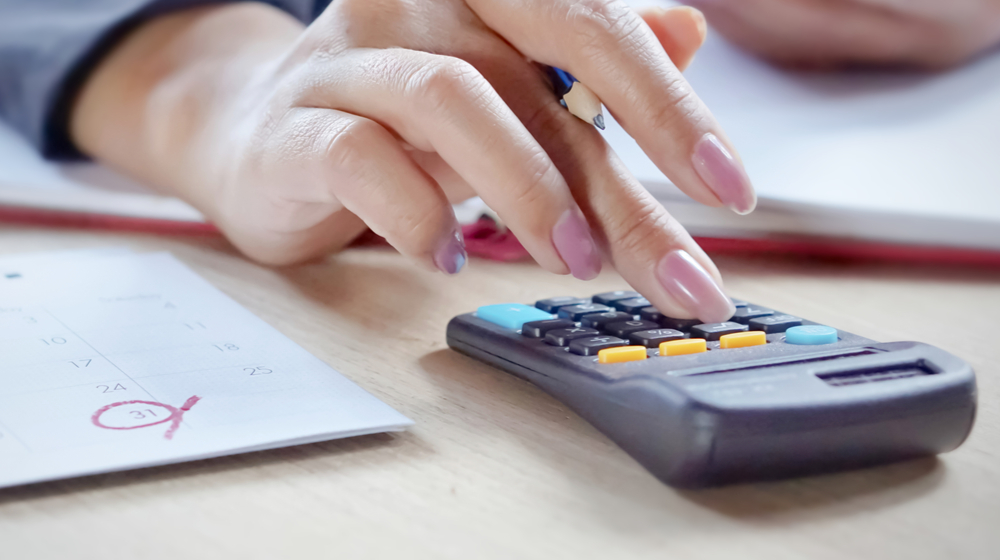For businesses to get the money they are due; debt collection is occasionally essential. For small business collection, these suggestions can help with debt collection.
- With a successful debt collection approach, you can control your cash flow and collect money from your consumers without upsetting them.
- Employing accountants, examining your billing and invoicing procedures, and comprehending your clients’ payment procedures are all effective debt collection techniques.
- A collection agency should collect only 90-day past-due debts from uncooperative or unresponsive customers.
- The readers of this post are business owners that want to improve their halifax debt consolidation solutions procedures.
Customer Types Who Pay Late
Depending on the client type, different collection techniques will be employed. Some clients make payments after the due date and will use any reason.
Significance of debt collecting strategy
You may occasionally render services before receiving payment from clients when you make most or all of your income from B2B services.
Despite being popular, this model is dangerous because it causes a hole in your cash flow when a customer doesn’t pay their invoice on time.
You will therefore have less money to pay for your expenses. These gaps happen less frequently with a solid debt collecting plan.
Methods of Debt Collection
A few efficient methods for collecting debt from clients are listed below:
Make Terms easy for customers
Please give them lower payment terms, going from 30 to 20 days. That can result in a significant boost in cash flow if customers take notice and do so.
More significant consumers may choose to pay later, regardless of the conditions. Thus this strategy does not perform as effectively with them.
Call attention to Due Dates
Use a highlighter and bold font to draw attention to the due date on each invoice.
This highlights the due date and can persuade the recipient to make sure that this date shows up in their invoice’s account payable record.
Offer to settle the debt
Offer to settle the debt for a lesser sum when it is clear that a customer will be unable to pay the entire amount of an invoice.
By doing this, the business reduces its risk if the client finally files for bankruptcy and at least receives some money in the door.
Place Calls for debt collection
Set priorities in your debt collection activities to spend more time on the outstanding accounts with the highest monetary amounts.
Although it can increase the risk of bad debts among the more minor receivables, doing so increases the likelihood of collecting the majority of the money sooner.
Verify the payment process for each client.
It is one thing to submit an invoice to your business contact at a particular company, but quite another to do so with the accounting department.
Sending invoices to your point of contact at a client company does not ensure that they will make it to the accounting team, and an invoice that is late in arriving at accounting is paid later.
Ask your clients who you should file bills with as it’s frequently not your company contact who handles accounting.

